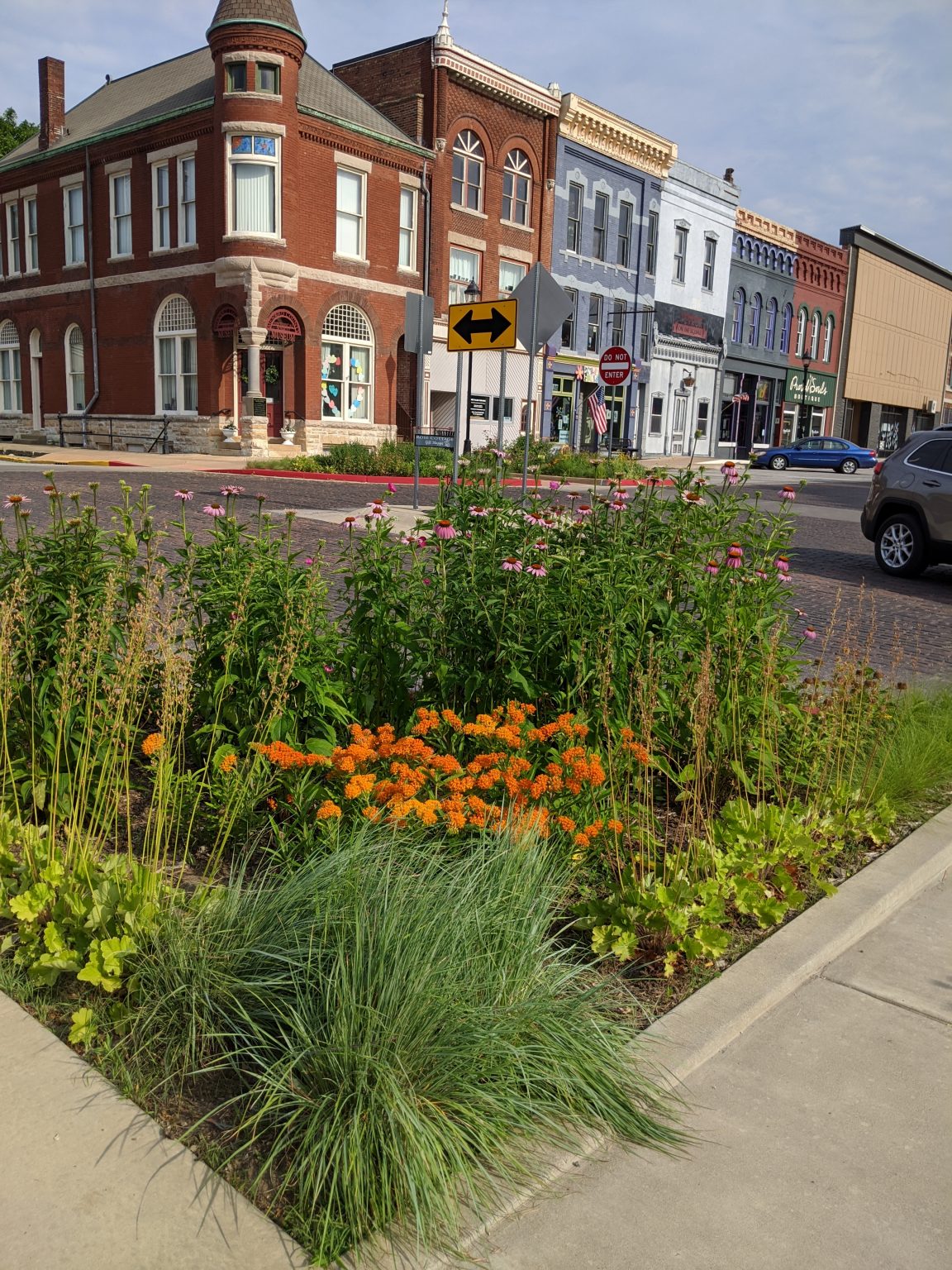
Two years ago, I decided to adopt the empty planting beds on our beautifully updated square. Remaining mostly bare since their installation in 2015, I envisioned the beds teaming with beautiful native plants abuzz with colorful butterflies and other beneficial insects. Gardening with native species has long been an interest of mine, an idea that has been growing in popularity in recent years. Choosing native plants broadens the gardener’s plant palette and more importantly, provides needed food and habitat for insects and other wildlife, including our essential pollinators.
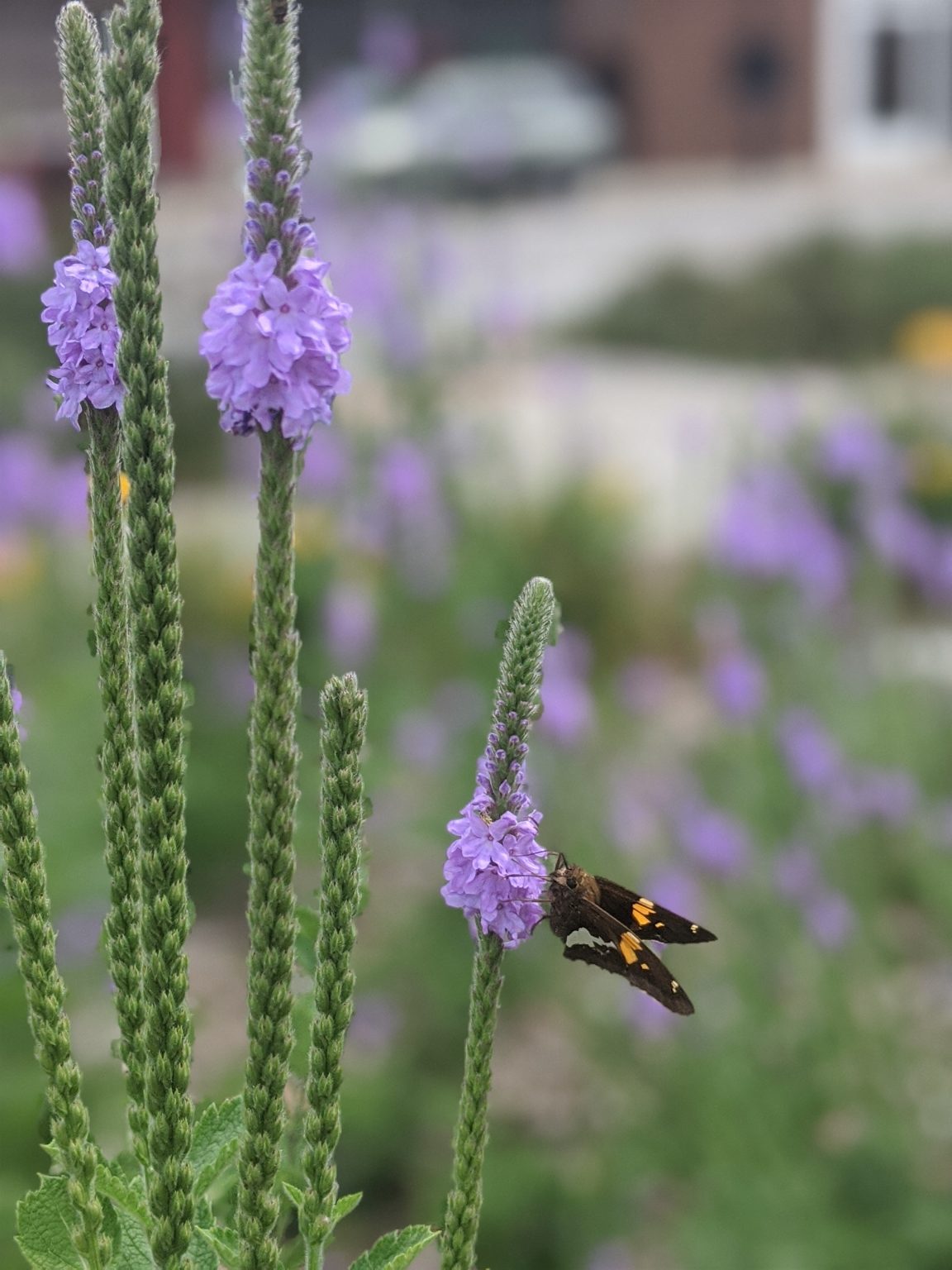
After drawing up a plan and getting approval from the Petersburg Tree Committee, work began on the west side of the square in May of 2019. Nearly 900 plugs were planted, including 20 different species of native perennial grasses and flowers. Plant species were selected for tolerance to hot, dry conditions and appropriate heights for the site. We opted to use “plugs,” young seedlings grown in cell packs, because they are economical and they establish quickly, with less transplant shock than a larger plant.
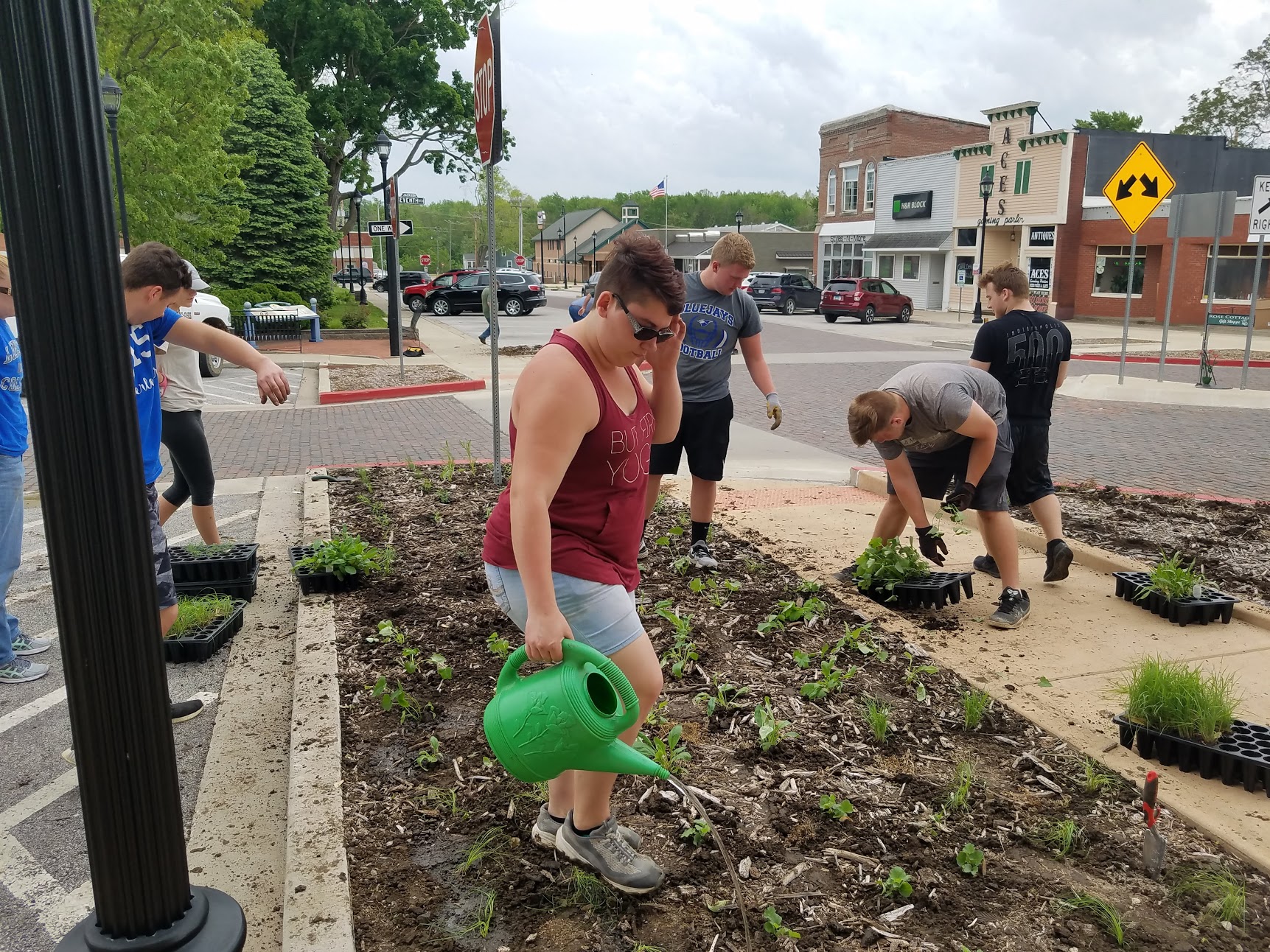
Though tiny at first, the plants grew quickly with ample rain and many bloomed in the first season. Last summer, these plants were reaching mature size and blooming beautifully.
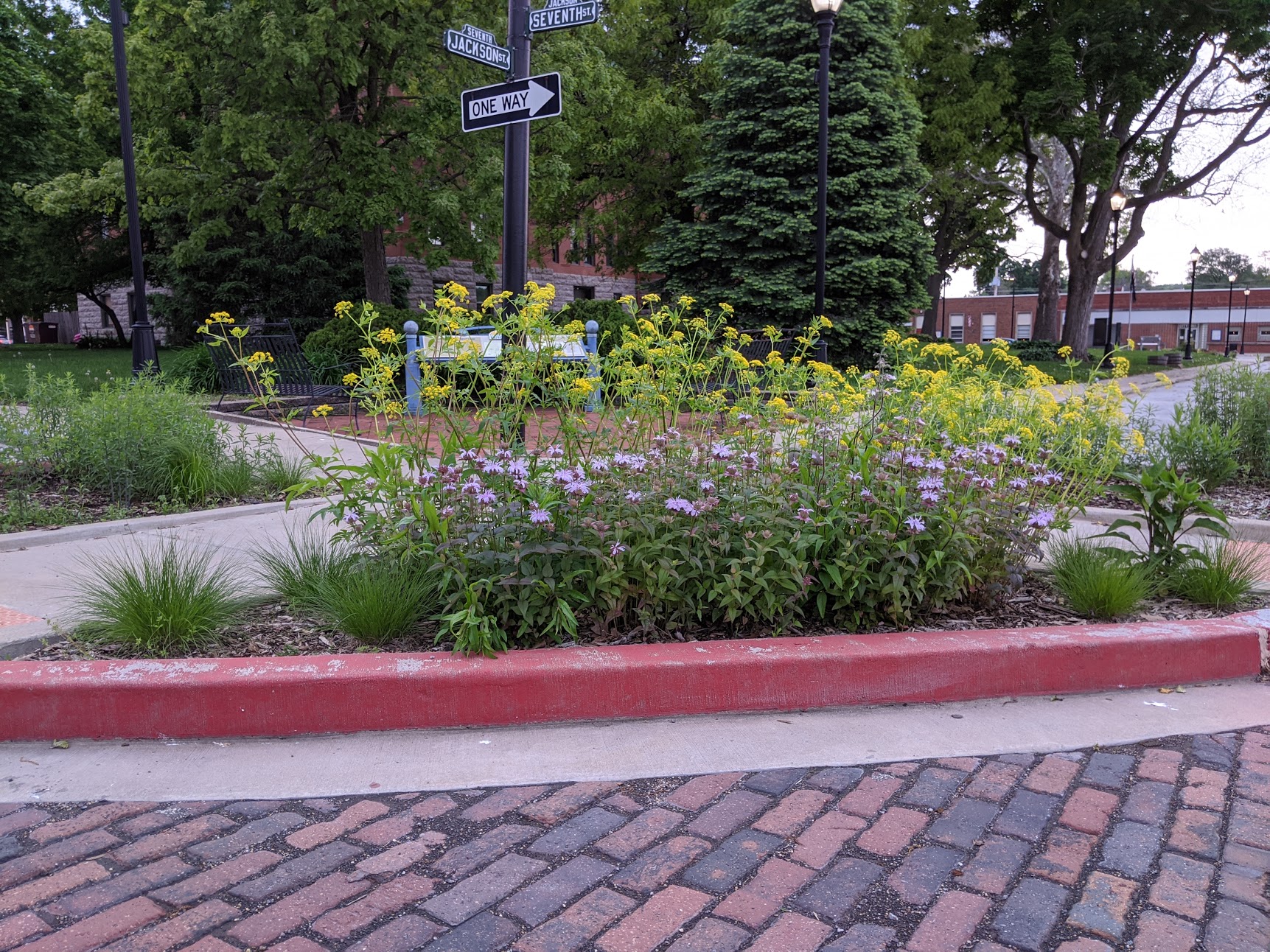
It was a lot of fun and very rewarding to observe the many interesting pollinators that visited the plants throughout the season. Many monarch caterpillars feasted on the swamp and butterfly milkweeds. Black swallowtail caterpillars were spotted on one of their host plants, golden Alexanders. Honeybees frequently visited a variety of flowers, perhaps buzzing over from the hives at the local Hand of Fate brewery?
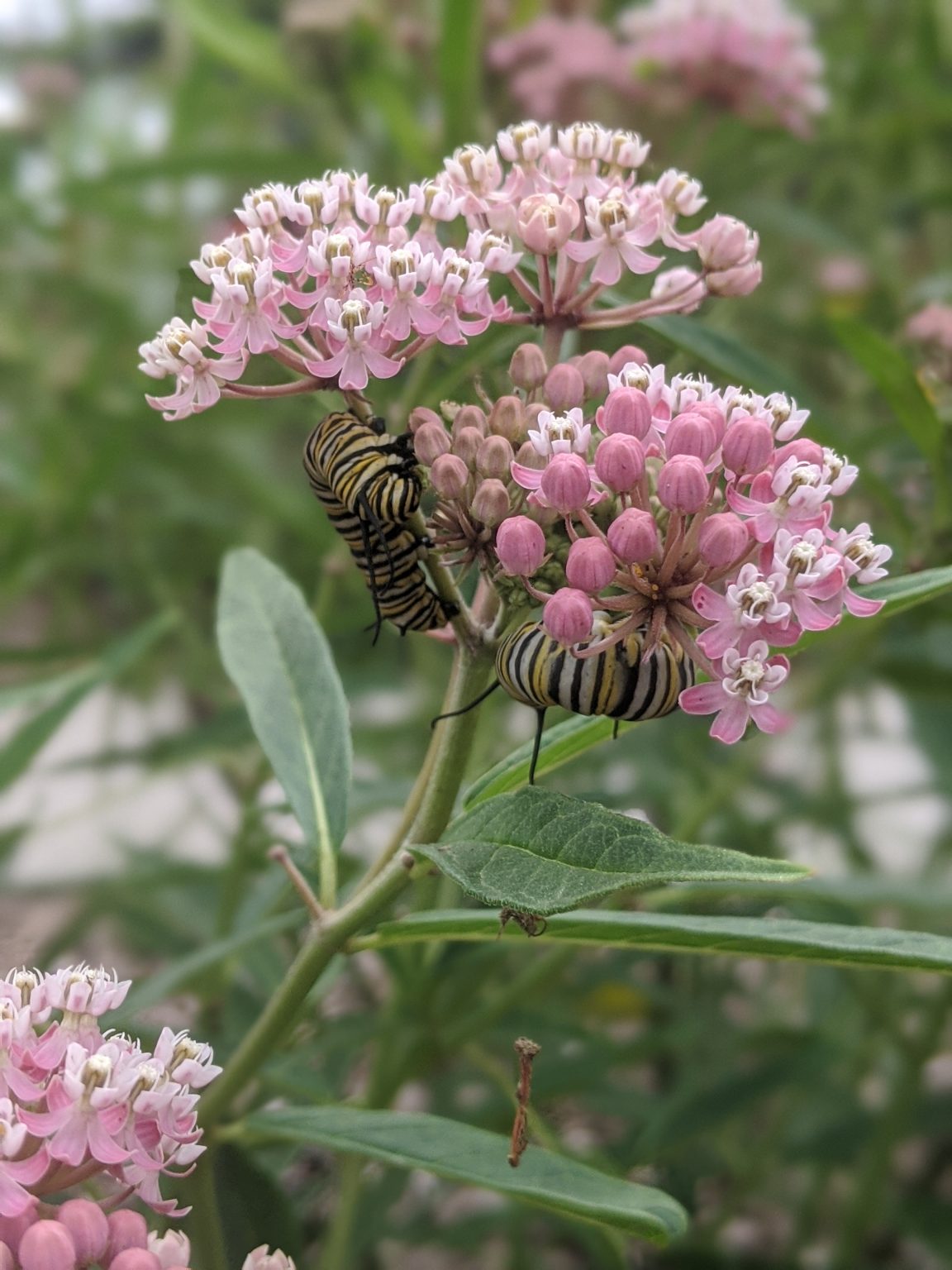
My young daughters enjoyed counting caterpillars, looking for other interesting insects, and observing the changes throughout the growing season.
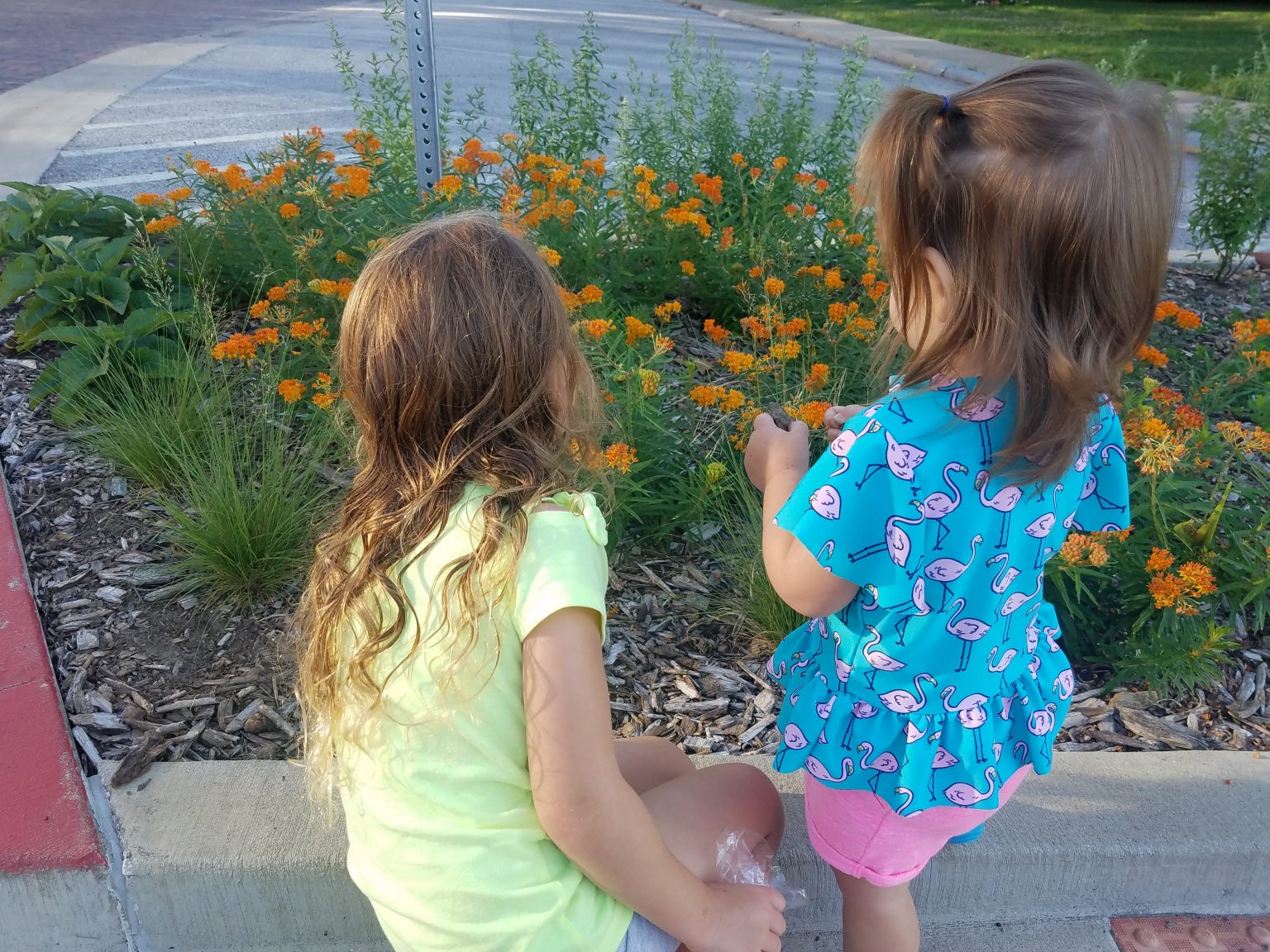
With many flowers come many seeds. Some of those seeds were collected and free seed packets were offered at local businesses and the Petersburg Library, an effort organized by Menard County Trails and Greenways and Rudin Printing.
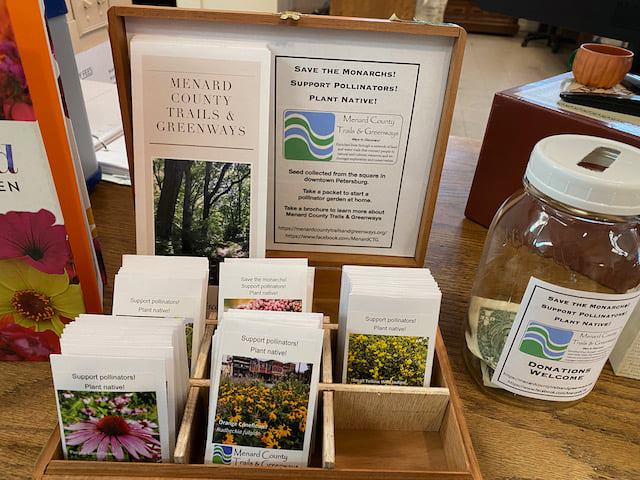
Like any garden, the planting on the square is a work in progress. I am learning which plants work well together and which plants are a bit too rambunctious for the site. There have been many good surprises and a few things that didn’t work well. Since all beds have been planted in the past two years, 2021 will be a year for editing. A few plants that aren’t a good fit will be removed. A few spots where plants didn’t make it will be filled. Thinning and weeding will continue as needed. One of the great things about many native plants is that they spread, whether by seeds or roots. Filling space means there is less room for weeds and more plants to share.
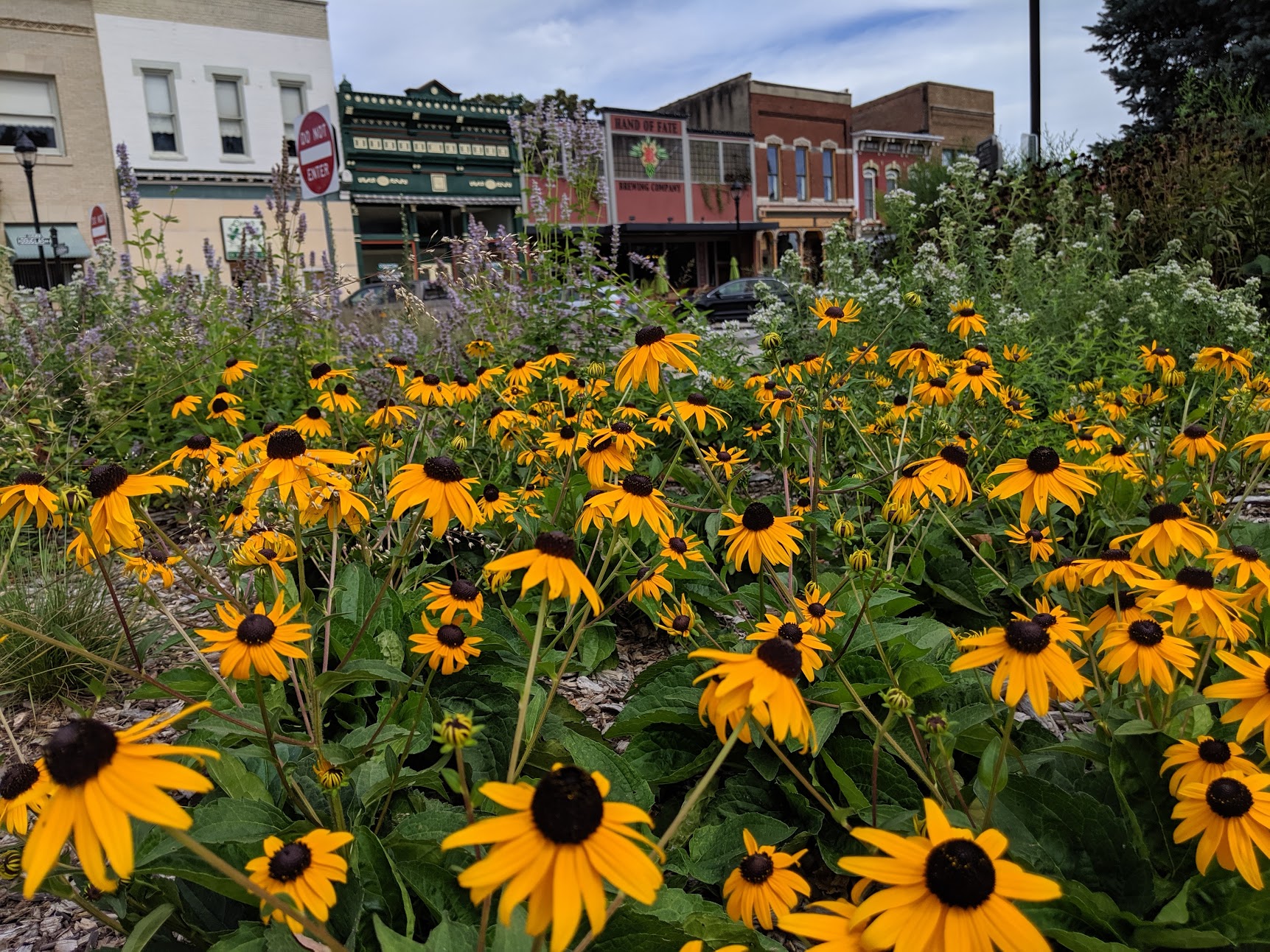
Many of the plants are left to stand over the winter, a recommended practice that allows birds to feed on the seeds and overwintering insects to remain protected. As warmer weather rolls around, the beds are tidied up before there is too much new growth.
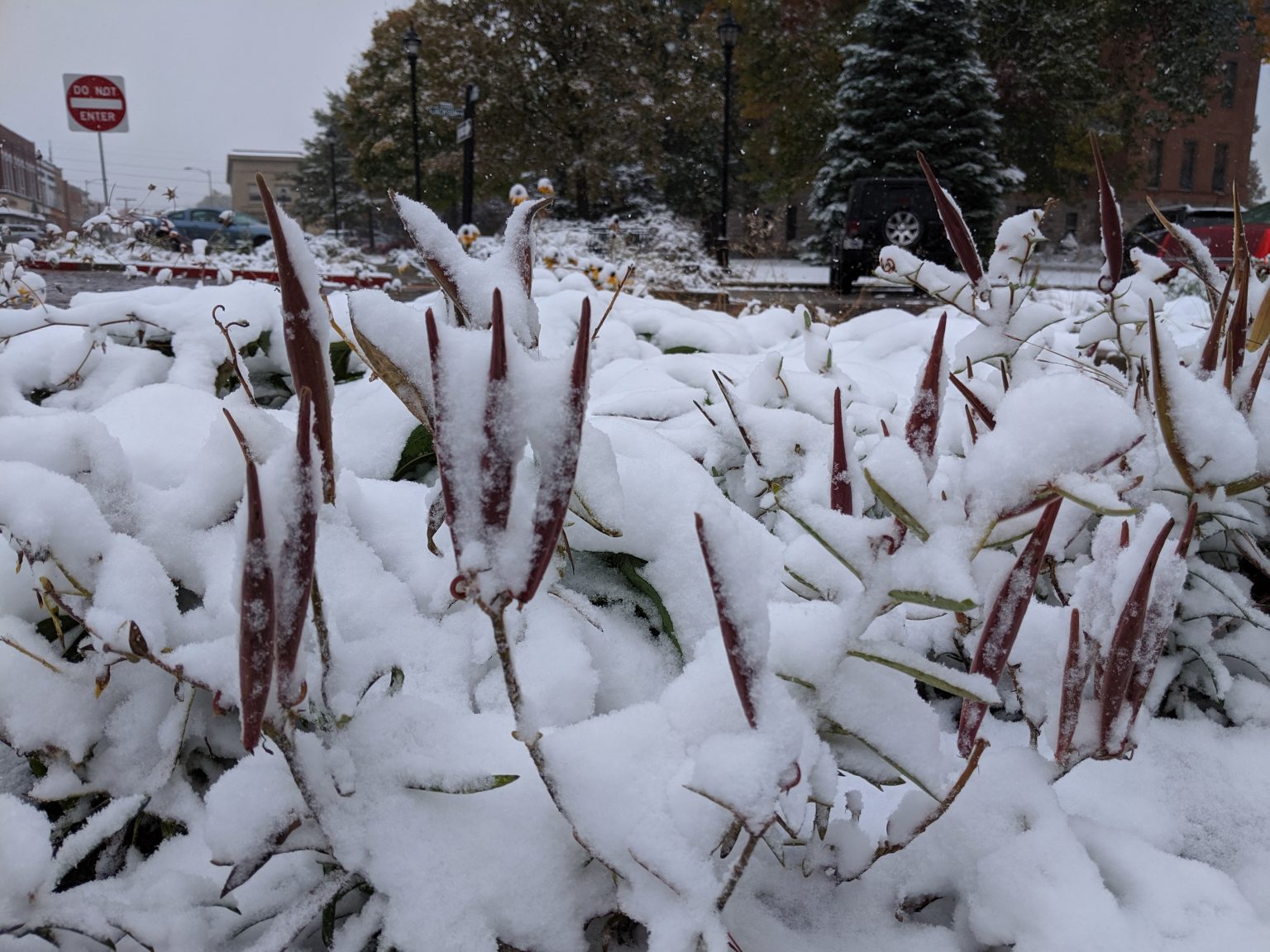
This project brought together a great group of people. Mayor Rick Snyder and the Petersburg Tree Committee purchased the plants, and assisted with planting, mulching, weeding, and watering. The intern crews from Starhill Forest Arboretum put in considerable time planting and weeding. A number of Illinois Native Plant Society members took part in on-going maintenance. We were glad to have help with the initial planting from PORTA highshcool horticulture students in 2019. As with any garden, volunteer help to maintain the beds will be ongoing.
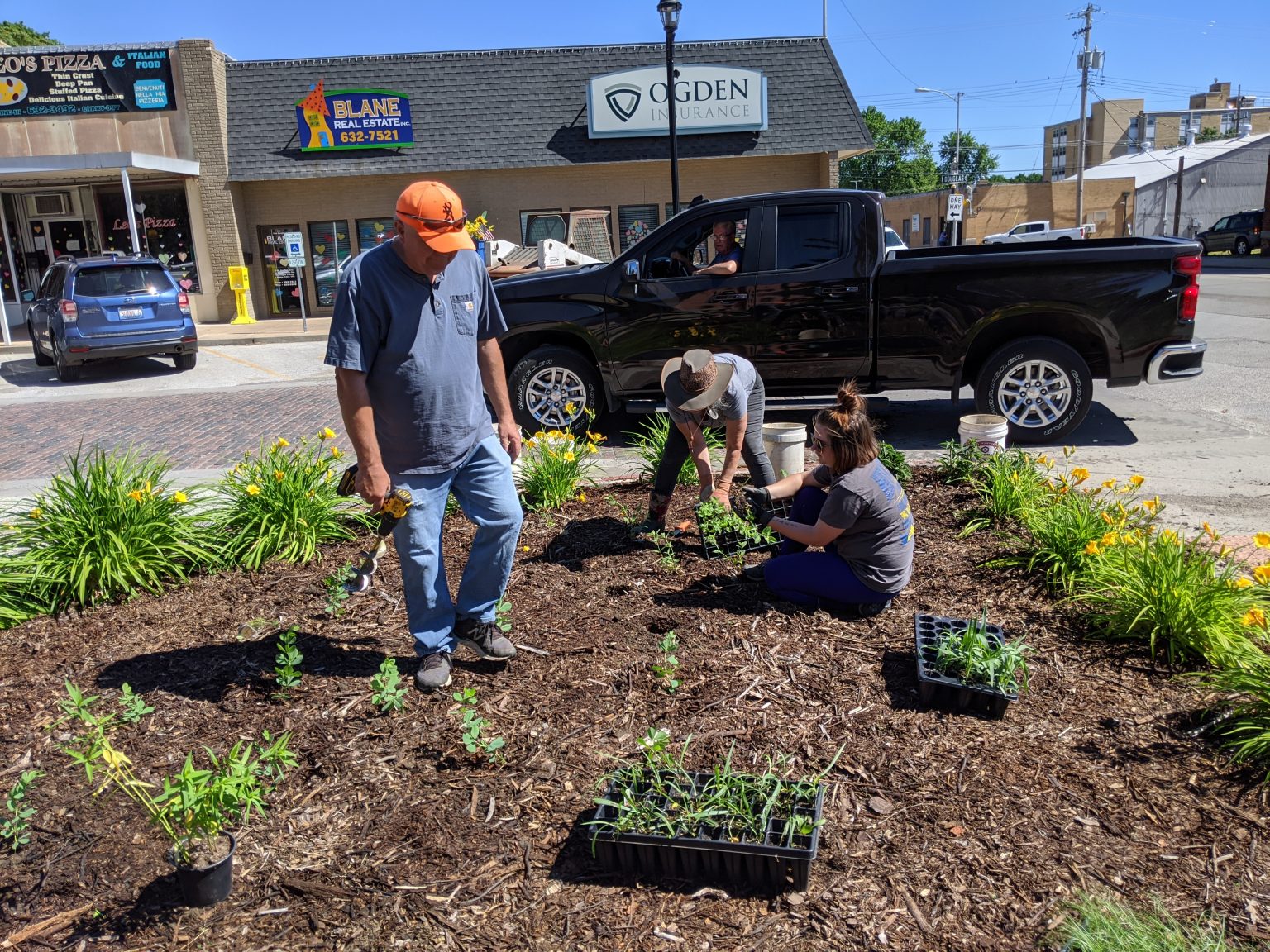
Thinking of planting your own polinator garden? Visit the Resources page on the Illinois Monarch Project's website for useful tips.
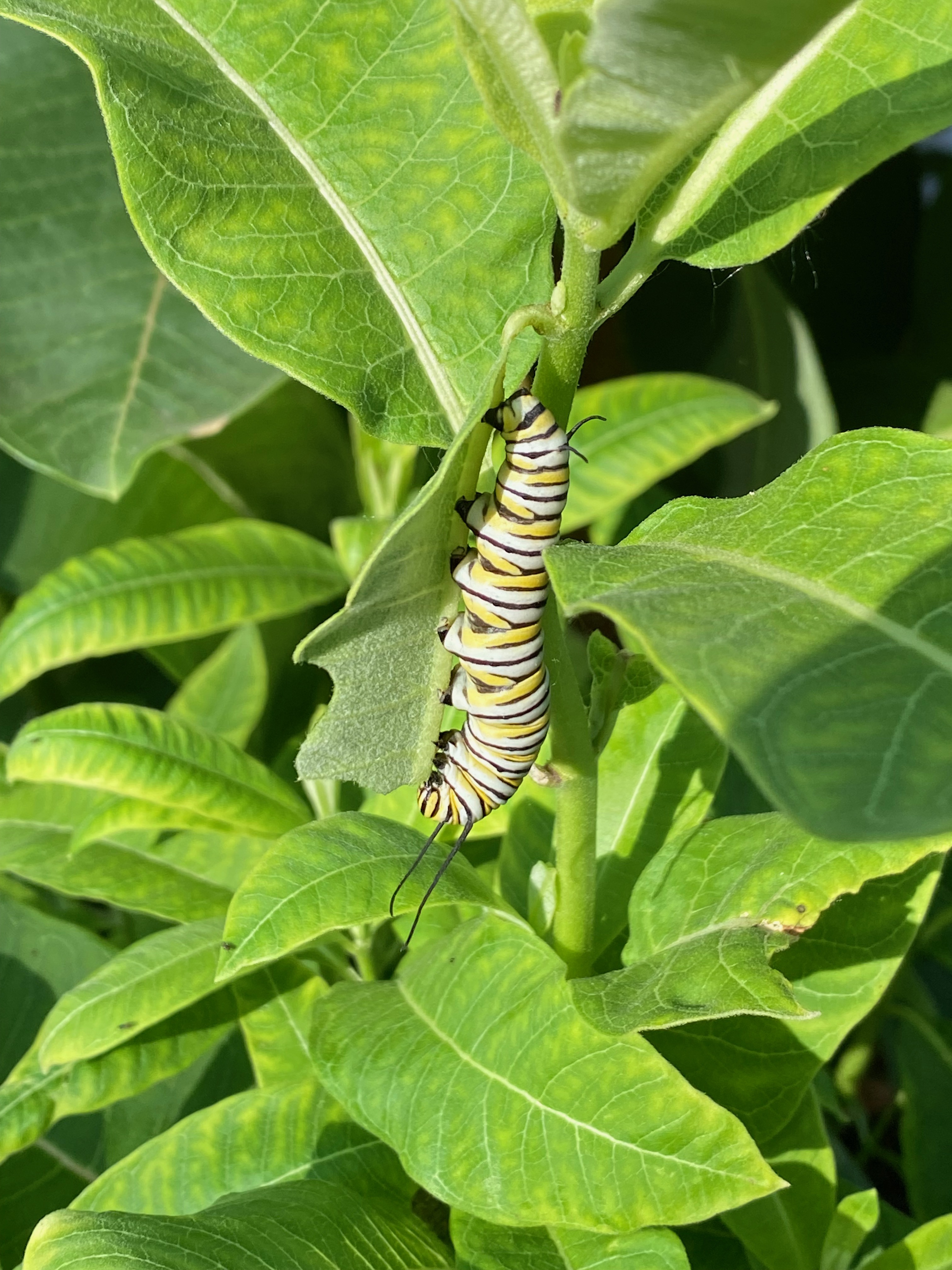
Tomorrow's Pollinator Week blog features a Community Coming Together for Pollinators in McHenry County.
Post author, Alana McKean, an avid native plant gardener, is the curator of the woody plant collection at Starhill Forest Arboretum. Alana also serves as the Illinois Native Plant Society Central Chapter newsletter editor, and is an active member of the International Oak Society. Alana worked in her native Iowa as a Conservation Planner with the Nature Conservancy and a county conservation naturalist. She is an ISA certified arborist and a 2008 graduate of Illinois College with degrees in Biology and Environmental Science.